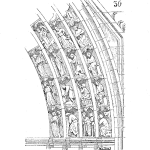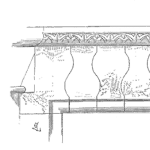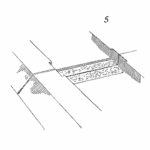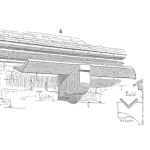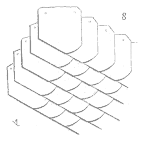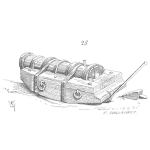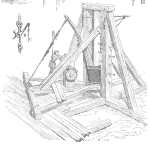
by Mike Freier
Mapping good ideas to product development is best done in the concurrent engineering framework, a collaborative approach to new product introduction. Using the MVP and the product roadmap, you are now ready to move into balancing design concepts with business concerns like costs.
[Read more…]

